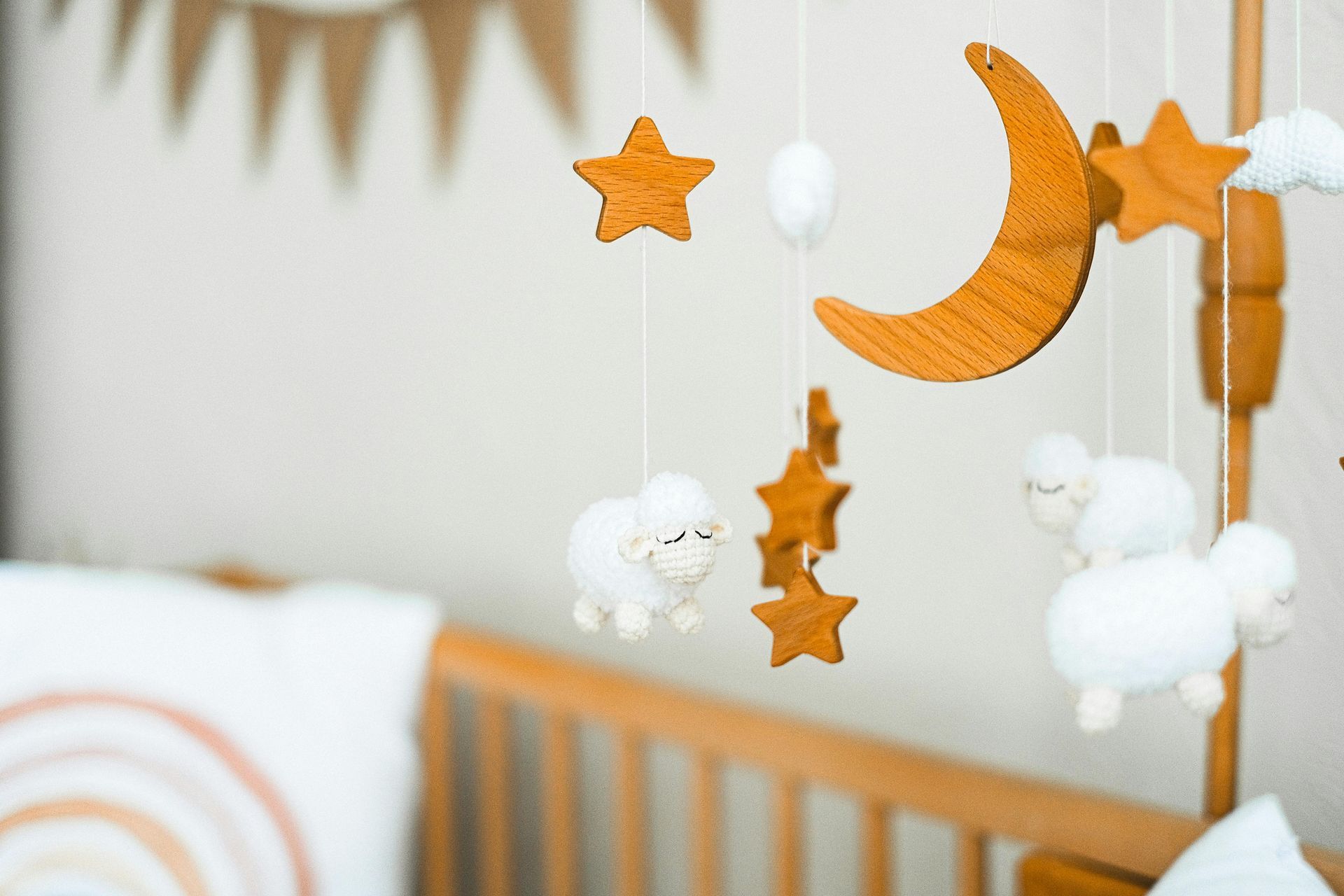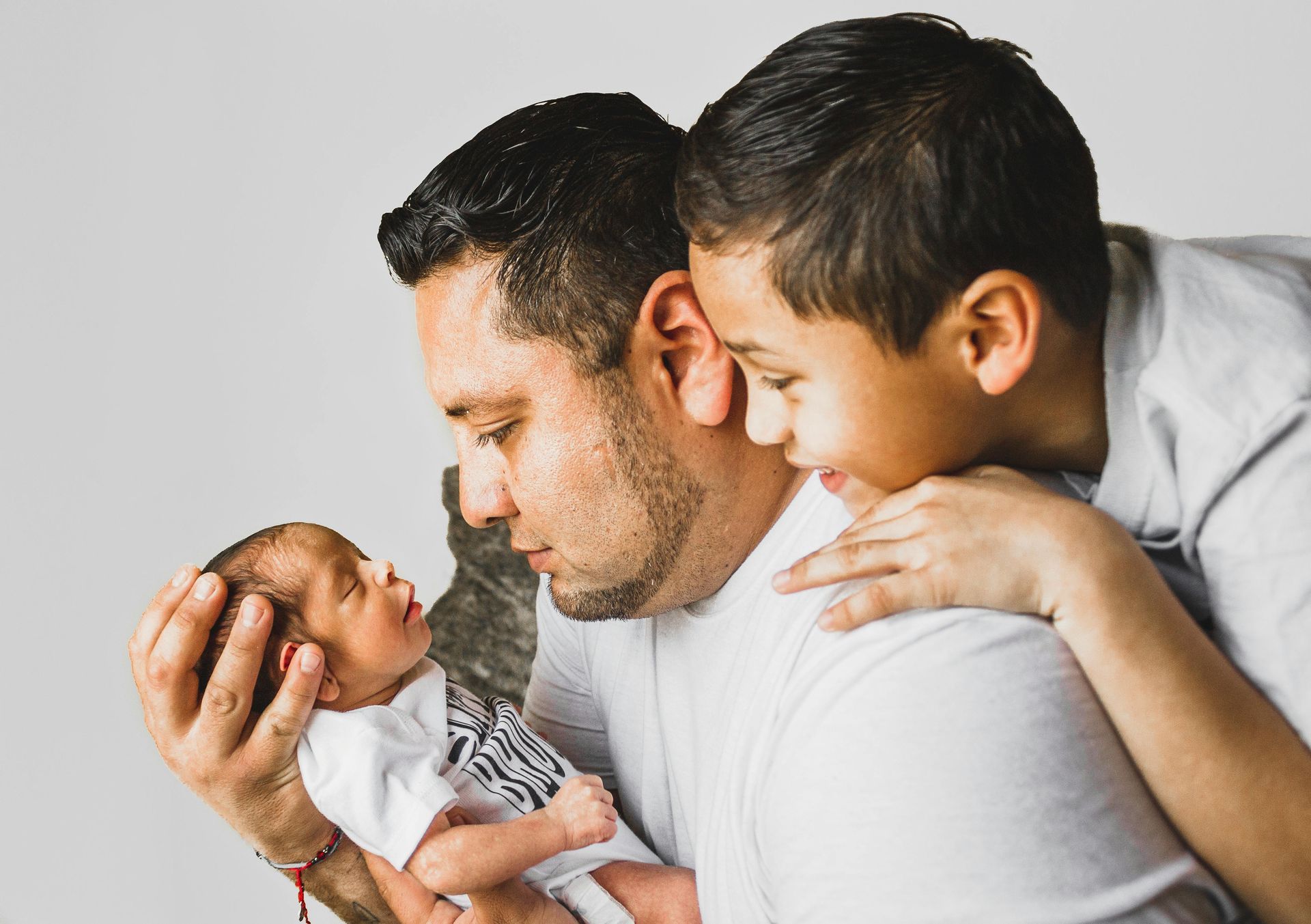Why Consistency is Key to Sleep Training Your Baby
Consistency is the Most Important Part of Sleep Training Your Baby
When it comes to sleep training, the word “consistency” often gets tossed around, but what does it actually mean for you and your child? As a certified pediatric sleep consultant I can confidently say that consistency in sleep training is one of the most crucial factors in helping your little one develop healthy sleep habits. While the process can be challenging, the rewards—restful nights, happier mornings, and improved overall health—are well worth the effort. Let’s dive into why staying consistent with your sleep training approach is so important.
1. Creates a Predictable Sleep Routine
Babies and toddlers thrive on predictability. A consistent sleep training routine helps them understand what to expect and when. Over time, they start to associate specific cues—like a bath, a bedtime story, or a lullaby—with the idea that it’s time to wind down. This structure gives them a sense of security and comfort, helping them feel safe as they transition from wakefulness to sleep.
A predictable routine also makes it easier for your child to regulate their sleep cycle. When you follow the same steps every night, they begin to understand when it’s time to relax, which reduces bedtime resistance and ease separation anxiety. Consistency builds trust that bedtime is a calm, comforting, and non-negotiable event which helps reduce stress and anxiety for both you and your child.
2. Helps Establish Healthy Sleep Associations
Sleep training involves teaching your baby or toddler how to fall asleep independently and to put themselves back to sleep if they wake during the night. This means encouraging them to fall asleep without relying on dependent sleep associations like rocking, nursing, or being held. I use the word dependent because there are also independent sleep props (like a pacifier, blanket or white noise machine) that can be used for sleep training. When parent's decide to sleep train, it is important to understand the sleep training method that is best for your child and stick to it! I cannot stress the importance of sticking to your chosen method for 14 days without fail. If you are inconsistent, it confuses your child and breaks up the forward progress in the sleep training process. When parent's come to me and say they have tried sleep training and it didn't work after two days, I instantly know what the problem was. I hate to say it, but it's you, and not your baby in this scenario.
By sticking with a consistent method, you give your child the opportunity to learn the skill of self-soothing, which is essential for independent sleep. The more consistent you are, the quicker they’ll adapt to these healthy sleep associations.
3. Promotes Emotional Regulation
Sleep training can be emotional for both you and your child, especially in the beginning. But emotional regulation improves with time and consistency. When babies are allowed to cry for short, controlled periods (in methods like cry-it-out or Ferber), they gradually learn to calm themselves. If parents are inconsistent in how they respond to these emotional outbursts, it can lead to heightened distress and confusion. For example, if you let them cry one night but pick them up the next, the child may not know how to regulate their emotions effectively, which can make sleep training more difficult.
By responding consistently, whether through gradual soothing or other methods, you're teaching your child that they can trust the process and that they will eventually find comfort, even if it takes a little time.
4. Strengthens the Connection Between Sleep and Rest
One of the key goals of sleep training is to help your child develop the ability to connect sleep with rest. This is crucial for long-term sleep health. If you’re inconsistent with your approach, your child may struggle to form this connection, as they will not fully understand that the goal is to sleep, not to be constantly reassured or entertained. This could lead to sleep disruptions, like night waking or difficulty falling asleep.
When you stick to a consistent method, your child learns that bedtime is synonymous with sleep and rest. Over time, this association strengthens, leading to longer, more restorative nights of sleep.
5. Reduces Parental Stress
Sleep training can be exhausting and emotionally draining for parents. If you’re constantly questioning whether you should be doing something differently or changing your approach mid-process, it can add to the stress and uncertainty. The more consistent you are with your chosen method, the more likely you are to see results, and the less likely you are to second-guess yourself.
Consistency allows you to track progress more effectively. Even if progress feels slow at first, sticking to the plan lets you see where improvements are happening, whether it’s fewer night wakings, shorter crying sessions, or an easier bedtime routine. It’s a reminder that things are moving in the right direction, even when it feels challenging in the moment.
6. Fosters a Strong Parent-Child Bond
Believe it or not, consistency in sleep training can actually help strengthen the bond between you and your child. While it might seem counterintuitive—after all, you’re teaching them to sleep without you—the trust and reassurance you provide through consistent sleep training methods can create a secure attachment. Your child knows that you will always be there for them in the ways that matter most, even if it’s just sticking to the routine and following through on your promises.
Furthermore, when both parents are on the same page with the sleep training approach, it creates a united front. This unity gives your child stability and helps them feel more secure in the process, even if it’s tough in the short term.
7. Helps Break Unhealthy Sleep Associations
Many families fall into unhealthy sleep patterns over time—whether it’s responding to every cry, rocking to sleep every night, or feeding during the night for comfort. These habits, while natural in the short term, can become ingrained and create long-term sleep issues. Inconsistent sleep training only prolongs these cycles.
When you’re consistent in addressing and eliminating these sleep crutches, you help break unhealthy habits and encourage healthier sleep patterns that promote independence. This process may take time, but once the habits are broken, your child will sleep better, and you’ll be able to enjoy more restful nights.
Stay Consistent, See Results
Sleep training is not always easy, and it often requires patience, persistence, and a fair amount of consistency. Whether you choose a gradual method or a more direct approach, sticking to the plan is essential. Consistency is what makes sleep training work because it provides structure, builds trust, and gives your child the tools they need to develop healthy sleep habits for years to come.
Remember, you’re not alone in this. Thousands of parents face the same challenges, but with a steady approach, your child will eventually learn to sleep on their own—giving you both the rest you deserve. So stay consistent, and know that the payoff is well worth it in the end.




